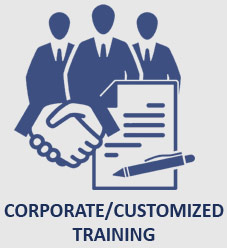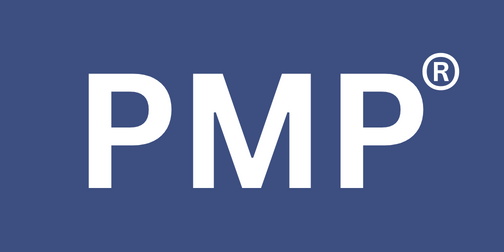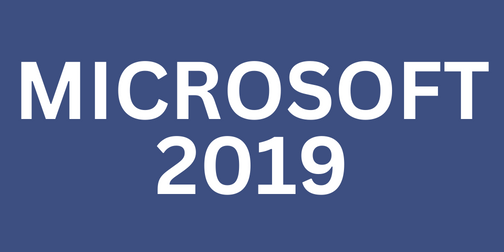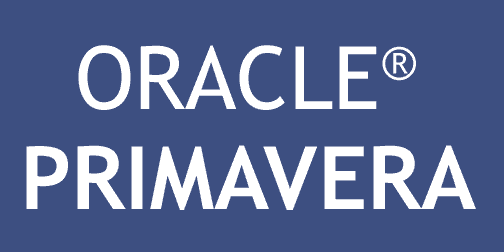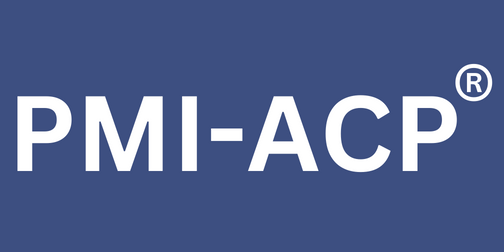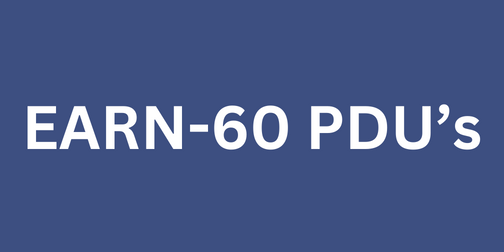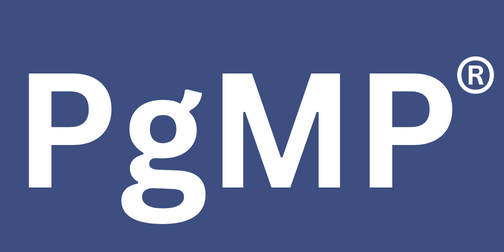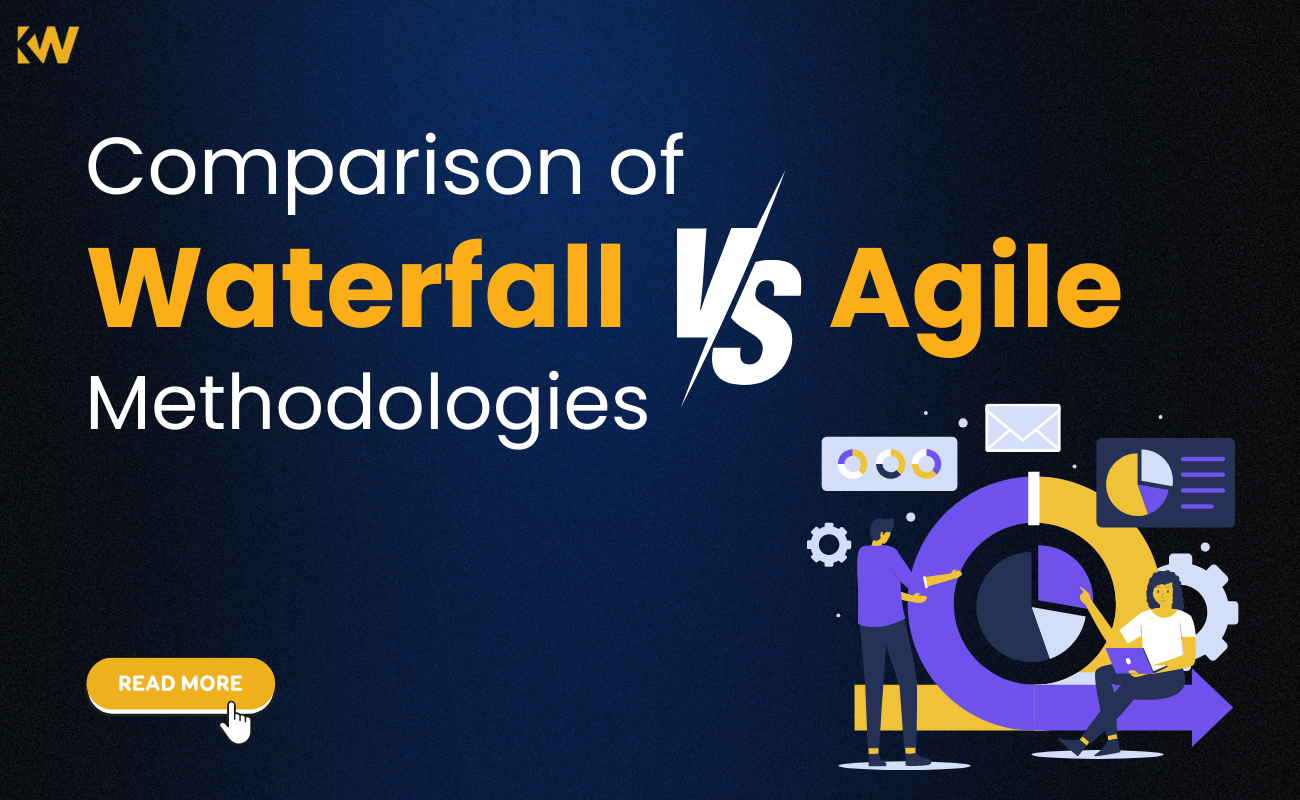
Waterfall vs. Agile Methodologies: A Comprehensive Comparison
Posted On May 31, 2024 - 17:08 PM
In the realm of project management, the debate between Waterfall and Agile methodologies has been ongoing for years. While both approaches have their strengths and weaknesses, it is essential to understand the differences between the two to determine which one is the most suitable for a specific project. In this blog post, we will delve deeper into the characteristics, benefits, and challenges of the Waterfall and Agile methodologies, aiming to provide readers with a comprehensive guide to help them make an informed decision when choosing the right methodology for their projects.
Understanding Waterfall Methodology
The Waterfall methodology is a traditional, linear approach to project management that follows a sequential order of phases. In the Waterfall model, each phase must be completed before moving on to the next one, and changes are difficult to implement once a phase has been completed. The distinct phases of the Waterfall methodology include:
-
Requirements: Gathering and documenting project requirements.
-
Design: Creating a detailed plan based on the requirements.
-
Implementation: Executing the plan according to the design.
-
Testing: Verifying that all requirements have been met.
-
Deployment: Delivering the final product to the client or end-users.
Waterfall is best suited for projects with well-defined requirements and deliverables, where the scope of work is clear from the outset, and changes are minimal once the project has begun. While Waterfall provides a structured and predictable approach to project management, it may lack flexibility in accommodating changes and responding to evolving project requirements.
Exploring Agile Methodology
Agile methodology, on the other hand, is a flexible and iterative approach to project management that focuses on delivering incremental work in short cycles or sprints. Agile emphasizes collaboration, adaptability, and customer feedback throughout the project lifecycle. The key principles of Agile include:
-
Iterative approach: Breaking down the project into smaller tasks to be completed in short cycles.
-
Collaboration: Encouraging communication and collaboration among team members and stakeholders.
-
Adaptability: Embracing change and responding to feedback throughout the project.
Agile is well-suited for projects with evolving requirements, uncertain scopes, and a need for continuous customer involvement and feedback. By iterating on deliverables in short cycles, Agile allows for greater flexibility, faster response to changes, and the opportunity to deliver value to customers more quickly than traditional Waterfall projects.
Comparing Waterfall and Agile Methodologies
Project Planning and Execution
-
Waterfall: Detailed planning is done upfront, and the project is executed sequentially from start to finish.
-
Agile: Planning is done iteratively, and the project is executed in short cycles with continuous refinement.
Flexibility and Adaptability
-
Waterfall: Limited flexibility for changes once the project has started.
-
Agile: Highly adaptable to changes throughout the project lifecycle.
Risk Management
-
Waterfall: Risks are typically identified and managed at the beginning of the project.
-
Agile: Risks are continuously addressed and mitigated throughout the project.
Stakeholder Engagement
-
Waterfall: Limited stakeholder involvement until project completion.
-
Agile: Encourages ongoing stakeholder engagement and feedback.
Quality and Testing
-
Waterfall: Testing occurs at the end of the project during the testing phase.
-
Agile: Testing is integrated throughout the project in each iteration.
Time and Cost Management
-
Waterfall: Time and cost estimates are determined early in the project and may be difficult to adjust.
-
Agile: Time and cost estimates are continuously refined based on actual progress and feedback.
Choosing the Right Methodology for Your Project
When deciding between Waterfall and Agile methodologies for your project, consider the following factors:
-
Project Requirements: If your project has well-defined requirements and a clear scope, Waterfall may be more suitable. For projects with evolving requirements and uncertainties, Agile may be a better fit.
-
Customer Involvement: If your project requires continuous customer involvement and feedback, Agile provides a more collaborative approach.
-
Flexibility: If the project needs to adapt to changes quickly, Agile offers greater flexibility and responsiveness.
-
Risk Management: Evaluate how each methodology addresses risks and uncertainties in your project.
-
Team and Organizational Readiness: Consider the skills, experience, and readiness of your project team to adopt either methodology effectively.
In conclusion, the choice between Waterfall and Agile methodologies ultimately depends on the specific requirements, goals, and constraints of the project at hand. While Waterfall offers a structured and predictable approach to project management, Agile provides flexibility, adaptability, and a customer-centric focus. By understanding the characteristics, benefits, and challenges of both methodologies, project managers can make an informed decision on the most suitable approach for their projects, leading to successful project delivery and satisfied stakeholders.
Check out this blog : Comparing Project Management Methodogolies











